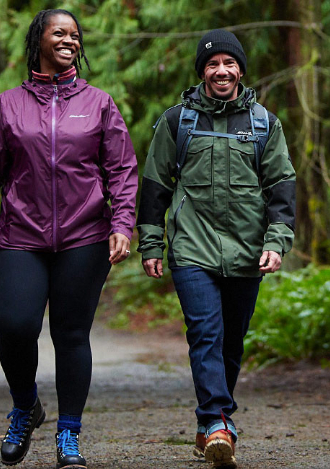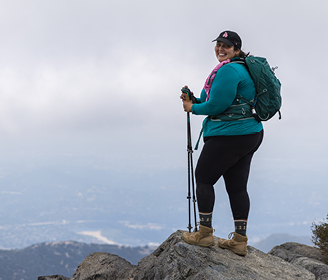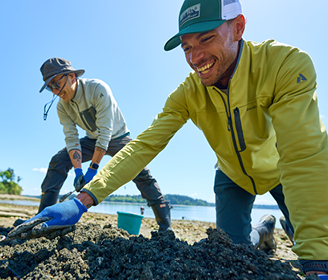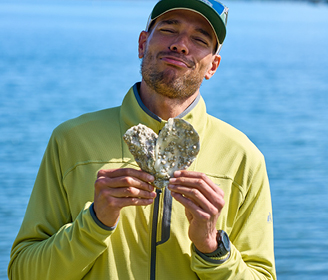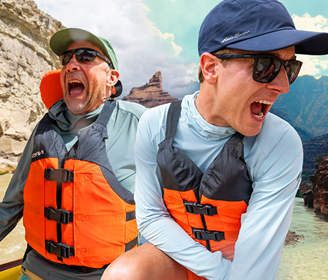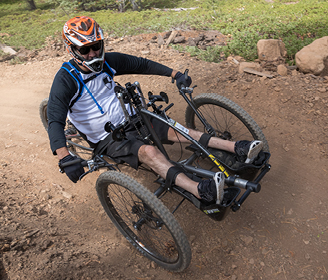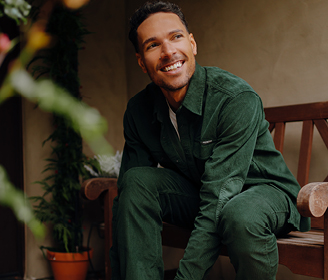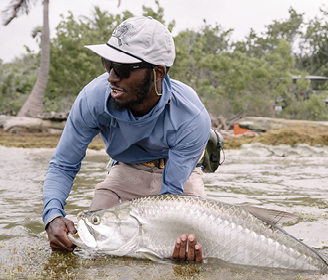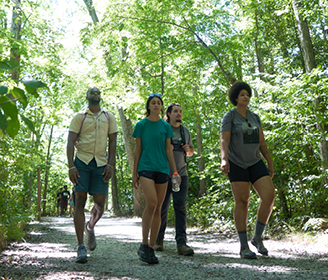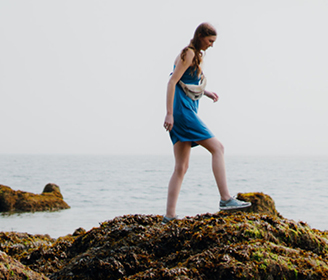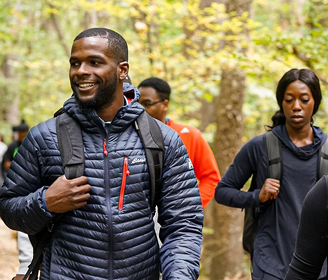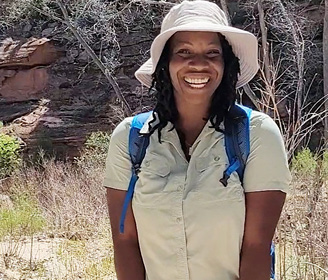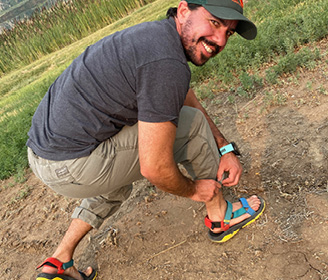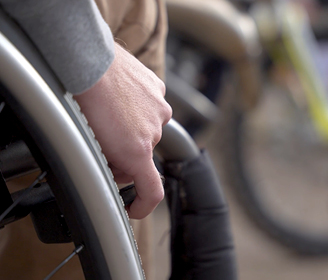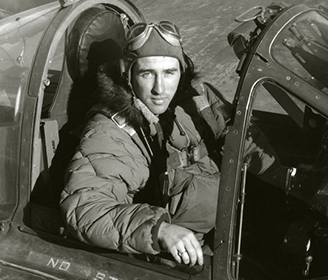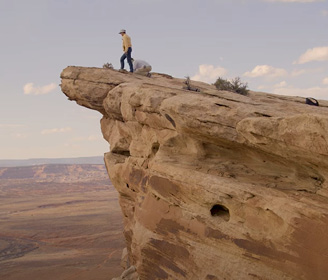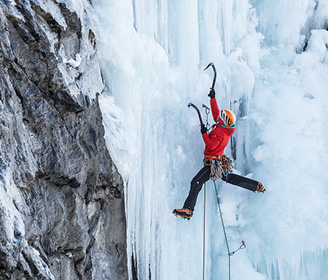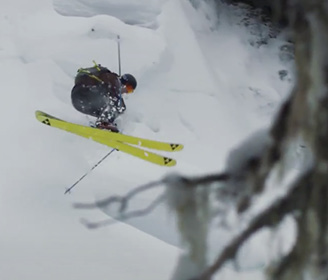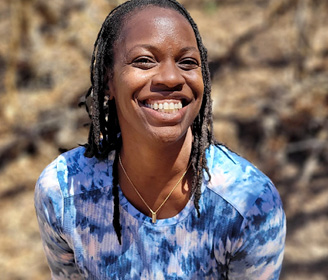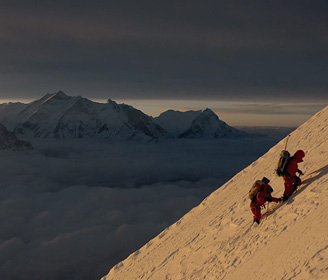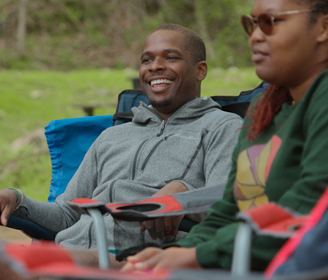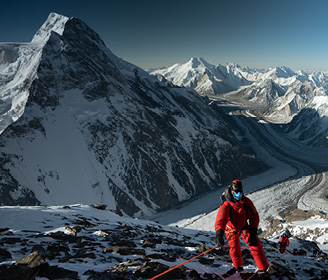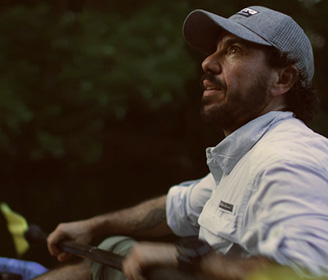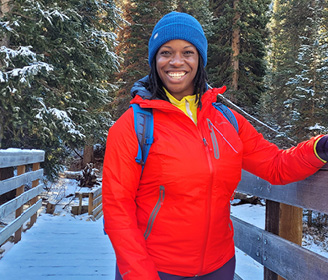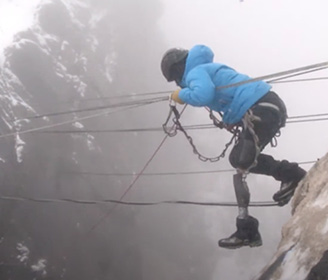I have considered myself a fairly competent participant in the outdoor world, and grew up doing all the things you’d expect from the child of parents who drive a turquoise VW van. After managing to survive my twenties with a “let’s just try it and see what happens” outlook towards the outdoors, I decided that “getting away with it” wasn’t the kind of relationship I wanted with my adventures. I signed up for Alpenglow Expedition’s 1-day Backcountry 1.0 course to see what was missing in my toolkit. Here are 5 things I learned that changed the way I approach not only backcountry skiing, but all of my adventures.
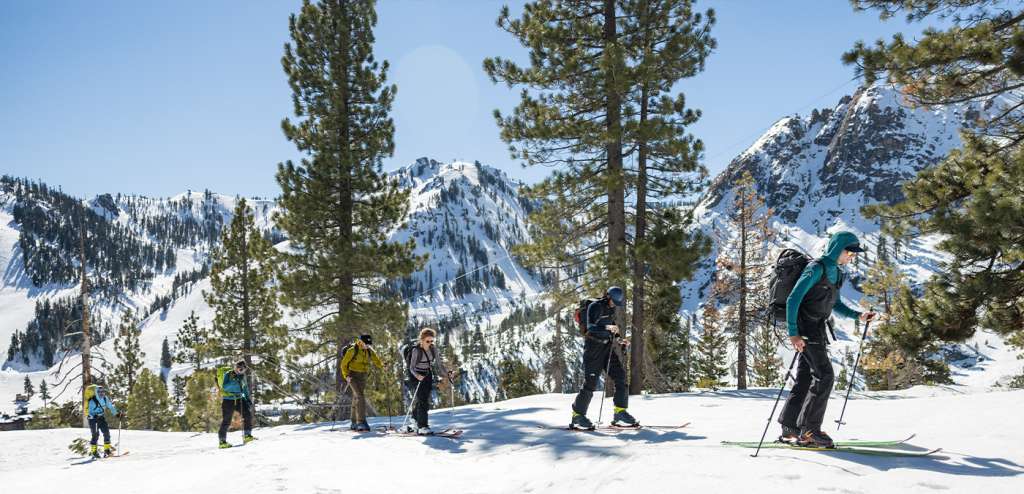
1) Outdoor Adventures Start Indoors
I always love the planning stage of an adventure. It’s where your imagination runs wild. Your dreams of glory wrestle the endless list of what-ifs in a self-perpetuating buzz. I’ve always loved lining up my gear on the floor and checking and re-checking everything. It’s how I channel my excitement for the mission ahead. What I didn’t realize was how many key resources are available to help insure you’re going into the backcountry with not only the physical equipment, but the planning and knowledge critical to accomplishing the most important part of any backcountry mission: making it back to the car.
Trevor, our Fearless Alpenglow Guide, reviewed several factors that could impact our day, before our ragtag group of backcountry novices could hit the slopes. We made introductions and communicated our various experience levels and expectations. Aligning the team ahead of time let us answer questions from the comfort of a cozy couch with a steaming cup of coffee rather than in a high-stress situation if things went off-script in the field.
Trevor showed us several free websites (linked below) which gave us detailed descriptions of the conditions into which we were headed. In North America, The Avalanche Danger Scale goes from 1-5:
- 1: Low
- 2: Moderate
- 3: Considerable
- 4: High
- 5: Extreme
For this course, anything greater than a rating of 2: Moderate was not a safe environment to learn in. Reading and interpreting the avalanche forecast information is something that requires education and practice. For this, Trevor encouraged us to look into Alpenglow’s AIARE 1 Avalanche course. Fortunately, he outlined that our planned route fell into the Level 2: Moderate category. With that, we downed our coffee, donned our freshest adventure outfits, and headed out into the wild yonder of the Tahoe Palisades.
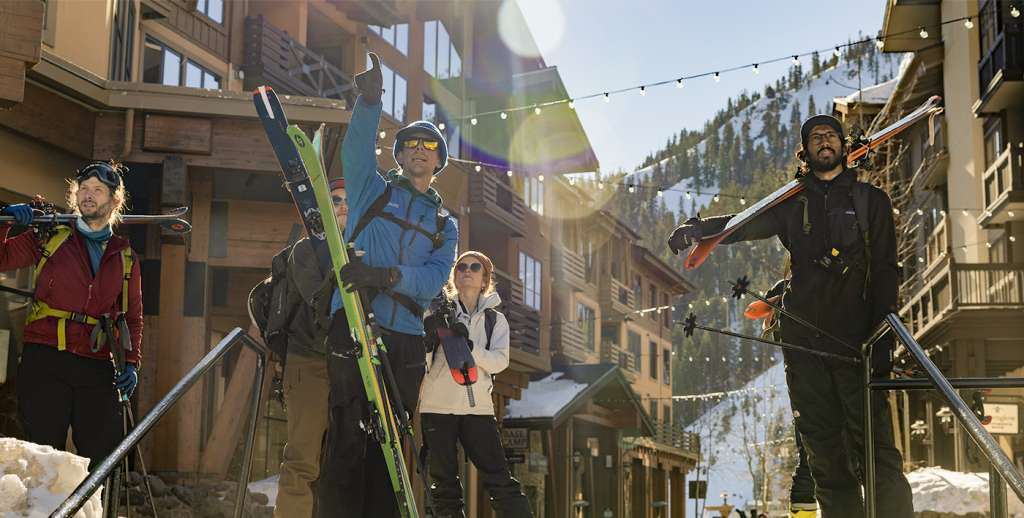
2) It’s OK To Be A Beginner At Any Age
I’ve reached the age where my friends are having kids…like on purpose. I’ve found myself doing things I assumed were reserved for the retirement community. For instance, sitting in the back yard, tea in hand, flipping through my bird book to figure out who that feller with the mohawk is (update: Cedar Waxwing). My point is, I’ve been asking myself more than I care to admit, “Am I too old for this?” The answer is, especially in this case, no.
Backcountry skiing is, literally and figuratively, a huge hill to climb. When I think of backcountry skiing, I imagine college kids all hopped up on neon-colored, bovine-themed energy drinks outrunning avalanches on massive lines in Alaska. Fortunately for skiers everywhere, that isn’t the only way to tour.
A wide array of ages and experience levels made up our class. We had folks with decades of experience on the slopes itching to reach beyond the confines of the resort, side-by-side with folks with only a season or two under their belt looking to explore everything their new hobby had to offer.
The spirit of our course reminded me of one of my favorite outdoor adages, “The outdoors is a playground, not an arena.” It felt exciting to learn. No matter how much experience any given person had on the slopes, we all needed help at some point.
It never felt like a competition, it felt like collaboration. That being said, we were playing in a very dangerous playground.
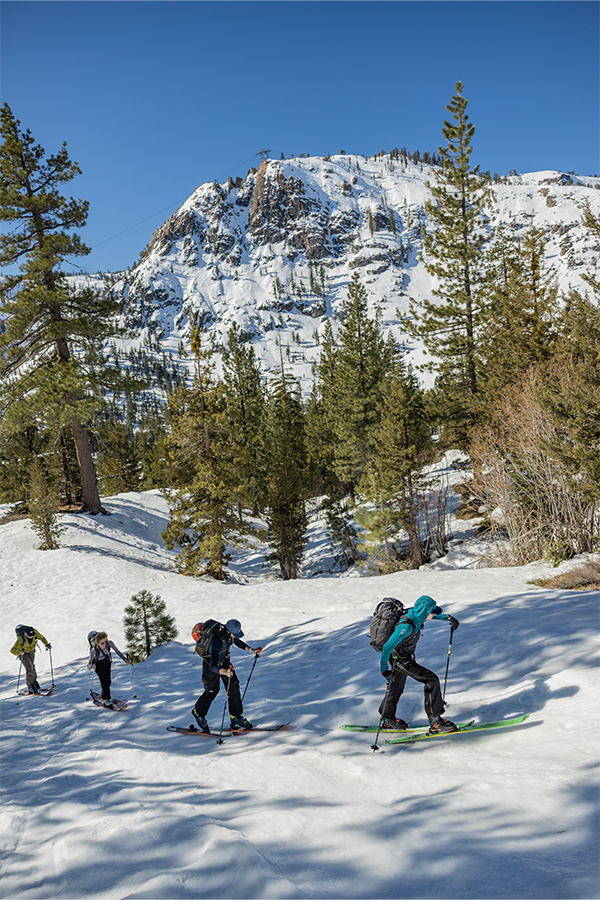
“The outdoors is a playground, not an arena.”
3) 10 Minutes
10 minutes is the amount of time you have to rescue a buried avalanche victim before their chances of survival drop off rapidly. When you consider that you may not be able to see them, they may be several hundred feet below you, and you may have multiple partners in need of rescue, that does not leave time for learning on the job. That’s why it’s critical to have, know, and practice with ‘The Big Three’ of avalanche rescue. The Big Three refers to the three primary tools of avalanche rescue: transceiver (otherwise known as a beacon), probe, and rescue shovel. If you’re not familiar with these tools, I’d encourage you to watch AMGA Mountain Guide Seth Waterfall’s overview here.
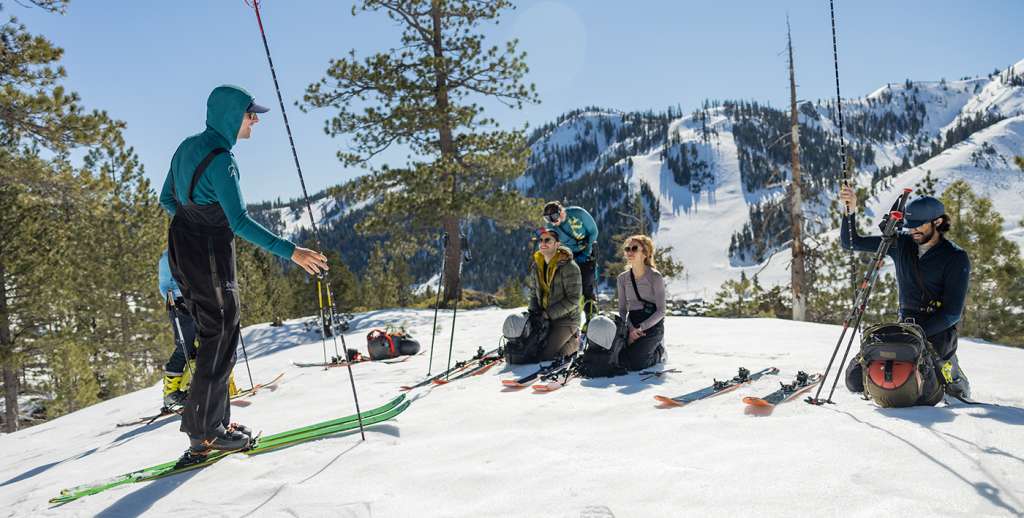
At the outset of our backcountry journey, we all cross-checked that we had our respective gear and that our transceivers were properly charged, transmitting, searching, and stored. We spent the first half of the day familiarizing ourselves with these tools. As well-designed and straightforward as these tools may seem, there are plenty of nuances that take some getting used to. For example, the transceiver transmits a signal in something called a flux line. In the most basic terms it means that once you pick up a signal from your partner’s transceiver, you are guided to the subject following a curved path rather than a straight line. Every second you’re able to shave off using these lifesaving tools increases the chances of saving your partner’s life. Our Backcountry 1.0 course was a wonderful introduction to these rescue techniques and, if anything, we learned that we all needed a lot more practice.
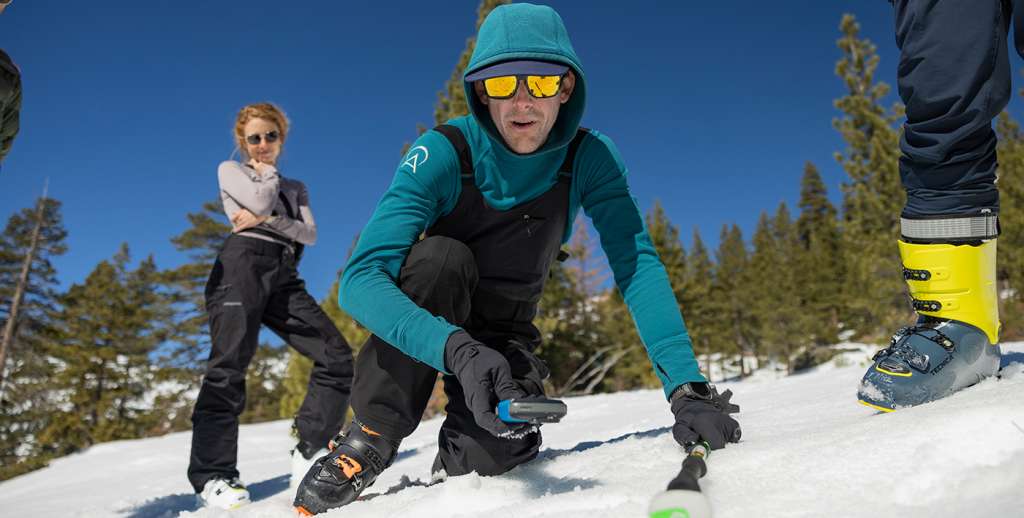
4) It’s All About Flexibility
The results are in. Yes, kick-turns are awkward. Standing up on skis with a pack on, also awkward. Holding up the entire group because you’re the one person who can’t get your [redacted] toe piece in the [redacted] pins, you guessed it, awkward. Being fit and flexible is key to enjoying your backcountry experience. The most critical muscle to keep flexible, however, is your mindset.
To paraphrase OG AMGA Mountain Guide Angela Hawse, “The future of outdoor adventure is curiosity over conquest.” I cannot stress enough that the most critical objective of any backcountry trip is to return safely to the car. Narrowing the scope of your experience to reaching the summit, hitting your dream line, or nabbing some other arbitrary trophy for the barroom is setting yourself up for disappointment at best, and more likely than not, endangering yourself and your team.
At every juncture during our time in the backcountry, our Fearless Guide Trevor would stop, assemble the team, and check in. We checked how we were feeling, the snow conditions and if/how they had changed. We assessed our progress against our original plan and would confirm we were making appropriate time while leaving a comfortable margin for a return trip and potential delays. Finally, we would discuss a viable Plan B if we chose to realign our objective for the day.
Continually reassessing the situation made the entire team feel safe and in control even as we pushed ourselves to the edge of our comfort zones.
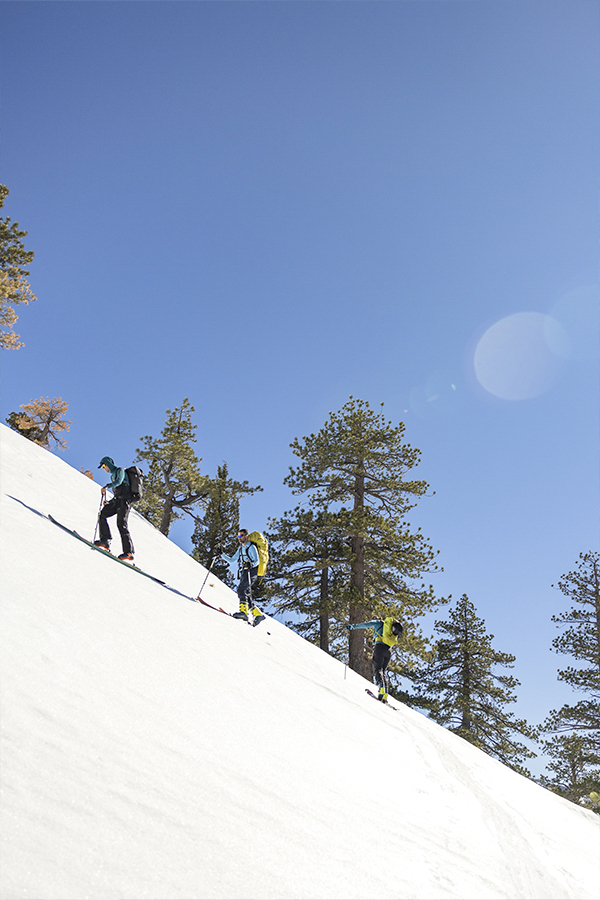
“The future of adventure is curiosity over conquest.”
5) There’s A Lot More To Learn
I left Alpenglow’s Backcountry 1.0 course with the humbling feeling that, for all I learned during our adventure, the amount I didn’t know was significantly greater. There was so much nuance to each choice Trevor made on our tour. Decisions about slope, angle, and terrain. Features for route-finding were particularly fascinating. Every time our Fearless Guide would make another observation about the conditions I felt my chasm of ignorance growing.
I can confidently say I am hooked on outdoor education. Last year, my EMT brother insisted I take a Wilderness First Aid Course. It’s one of the best decisions I’ve made in my adventure career. I’ve used the knowledge I learned in that class everywhere from the PCT to NYC. I echo the advice of every Guide I’ve had the pleasure of meeting. I encourage anyone who’s even a casual outdoor enthusiast to get some level of emergency medical training.
Even as the snow recedes and we head into warmer weather trips, I am already implementing the tools I picked up in Backcountry 1.0. I’m communicating more with my adventure partners. I’m building trips around the ethos of creativity and exploration. I’m increasingly considering factors I would not have even a year ago. I can’t wait for the next time I have the privilege of coming home safely with a smile and a story.
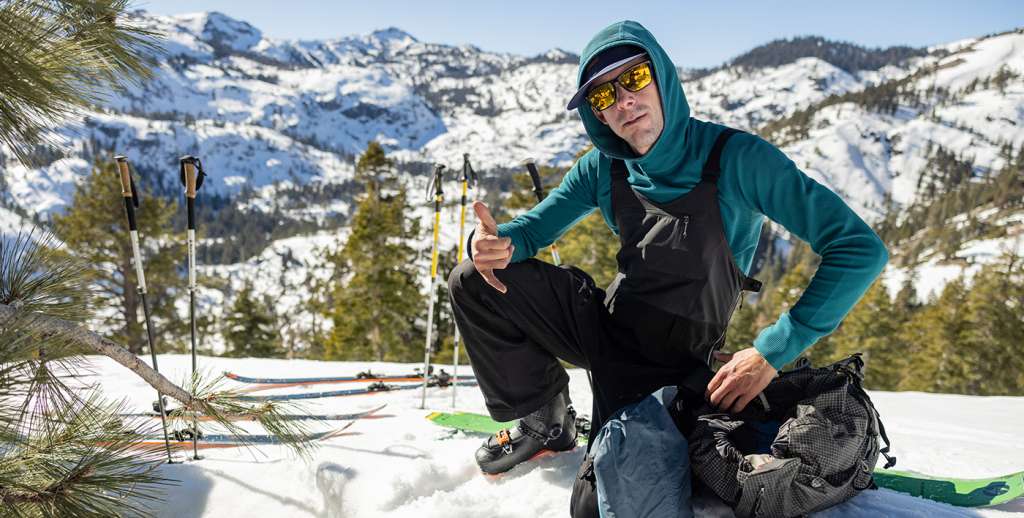
If you’re embarking on an outdoor education journey, or need to refresh a cert, here is a list of resources.
Continuing Education:
Alpenglow Backcountry 1.0
Alpenglow Avalanche Courses
Aerie Backcountry Medicine
Backcountry Forecast Resources:
Avalanche.org
Sierra Avalanche Center

